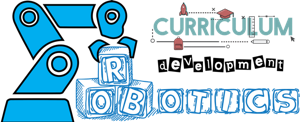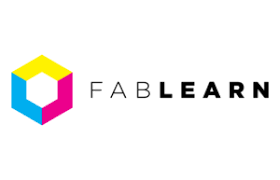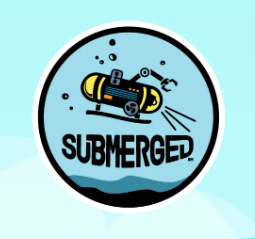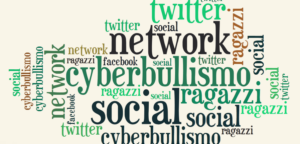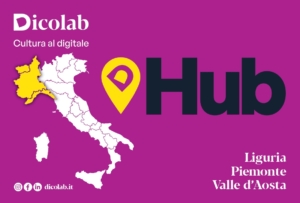The Proceedings of the Fablearn 2021 Conference, which took place in Florence, Italy, from 3 to 16, 2021, have been published (Lorenzo Guasti and Beatrice Miotti, INDIRE, Eds).
FabLearn is a network, a research collaboration and a vision of learning for the 21st century. FabLearn disseminates ideas, best practices and resources to support an international community of educators, researchers and policy makers committed to integrating the principles of constructionist learning and maker education into formal and informal K-12 education.
FabLearn is based on the work of Columbia University associate professor Paulo Blikstein and the Transformative Learning Technologies Lab (TLTL). FabLearn develops research sites and disseminates resources and information through three main initiatives: FabLearn Labs (formerly FabLab@School), FabLearn Conferences and FabLearn Fellows.
(from the Preface, by Lorenzo Guasti)
“In this book we will study, through papers, how Schools are leading advancements in Makerspaces, Robotics, AI, and Coding. The field of education is experiencing an exciting scientific renaissance. Schools around the world have embraced emerging technologies and hands-on learning approaches that are fueling advancements in areas like robotics, artificial intelligence, and computer programming. We are also finding a lot of scholastic makerspaces that are driving the change of the idea of laboratory teaching. The research studies and projects featured in this volume provide a glimpse into how schools are leading innovation at the cutting edge of science and technology.
The contributions we received highlight just how relevant and important these topics are to schools today and in the coming years. For example, several studies explore how makerspaces – creative, DIY spaces for building and tinkering – can boost student engagement and interest in STEM. Others show how robotics competitions are inspiring students to pursue advanced skills in engineering, team work and coding. Several fascinating projects demonstrate how students are applying machine learning and AI to solve complex real-world problems. And researchers are finding that project-based coding courses can open students’ eyes to the power and possibility of software and web development.
These areas represent an exciting scientific frontier that schools are exploring. The research and initiatives featured in the papers contained in this book demonstrate how robotics, AI, coding, and other technologies are transforming learning and empowering students and teachers alike. While still emerging, these topics are poised to shape the future of education in the years to come. Schools that foster innovation in these areas will be at the forefront of advancements that drive lifelong learning and success in our increasingly digital and automated world. Teachers and educational experts have long been advocating for an education model that focuses on students and hands-on learning experiences rather than traditional didactic instruction (Dewey, 1902; Montessori, 1965).
The teaching approach underlying all of the research presented here is undoubtedly centered on constructionism as articulated by Papert (1980) and later by Blikstein (2018). This approach shares constructivism’s view that students should be the focus of their own learning, with teachers facilitating students’ self-guided work. However, constructionism takes these ideas further by having students create tangible objects instead of purely theoretical or conceptual ones. Students make things that operate in the real world, and that can be physically built, manipulated, and continually improved. Researchers at this conference have written papers that go deep into these topics like hands-on activities, student-driven, product-centered studies.
Their work taps into students’ inherent interest in creating personally meaningful projects that produce concrete results, enabling deeper understanding and engagement. This approach, focused on constructing sharable artifacts, offers a powerful way to cultivate students’ interest and fluency in science, technology, engineering and math. The constructionist framework underpinning these contributions points to an exciting direction for the future of education. By giving students opportunities to create and build in collaborative makerspaces, develop and program functioning robots, train machine learning models to solve problems, and code applications that others can use, schools can transform learning into an active process of discovery and invention. Students become the designers, builders and creators of tomorrow’s innovations.
Overall, the contributions we received reveal how schools are leading the way in applying new technologies and hands-on techniques to prepare students for the future. This book provides a glimpse into the great scientific promise these areas hold to enhance learning, accelerate discovery, and drive progress in schools. The future is PREFACE bright, and these topics will only become more integral to education over time. Schools and students have the opportunity to be pioneers at the cutting edge of fields that will define the careers and disciplines of tomorrow”.
